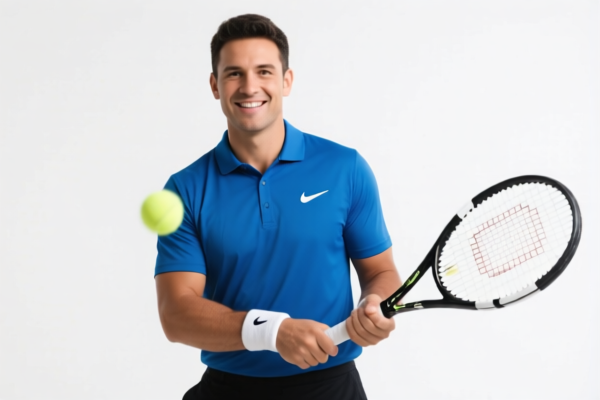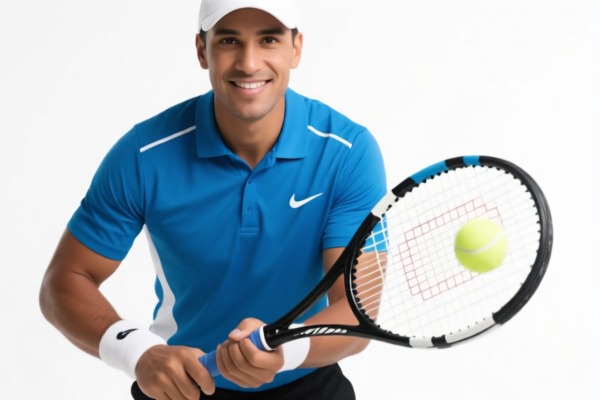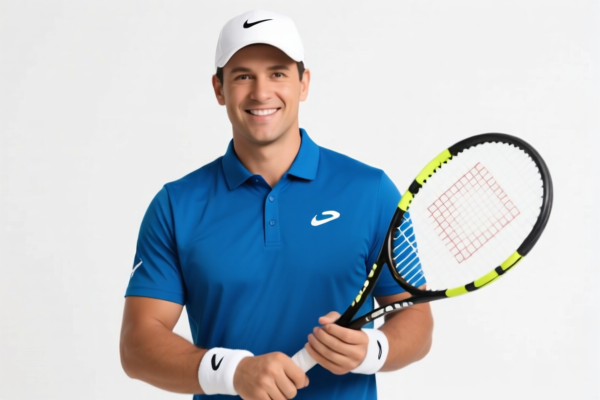| HS Code | Official Doc | Tariff Rate | Origin | Destination | Effective Date |
|---|---|---|---|---|---|
| 9506512000 | Doc | 35.3% | CN | US | 2025-05-12 |
| 9506993000 | Doc | 40.6% | CN | US | 2025-05-12 |
| 6306905000 | Doc | 34.5% | CN | US | 2025-05-12 |
| 6306901000 | Doc | 33.5% | CN | US | 2025-05-12 |
| 6307907500 | Doc | 34.3% | CN | US | 2025-05-12 |




Tennis
Tennis is a racket sport played either individually against a single opponent (singles) or between two teams of two players each (doubles). It is played on a rectangular court divided by a net. The objective is to hit a hollow rubber ball over the net and within the boundaries of the opponent’s court in such a way that the opponent cannot validly return it.
History
Modern tennis originated in England in the late 19th century as "lawn tennis," evolving from earlier racket sports like real tennis (also known as court tennis). The first Wimbledon Championship was held in 1877, and the sport quickly gained popularity internationally.
Equipment
- Racket: Typically made of graphite, fiberglass, or composite materials. Racket size, weight, and string tension are important factors influencing play.
- Ball: A hollow rubber ball covered in felt. Balls vary in weight and bounce depending on court surface and level of play.
- Court: Rectangular surface with specific dimensions for singles and doubles play. Court surfaces include grass, clay, hard court (acrylic, asphalt, or concrete), and carpet.
- Net: Divides the court in half, with specific height requirements.
- Footwear: Specialized tennis shoes designed for lateral stability and cushioning.
- Apparel: Comfortable athletic clothing allowing for a full range of motion.
Gameplay
A point is won when a player fails to return the ball within the boundaries of the court, hits the ball into the net, or commits a fault (e.g., hitting the ball before it bounces, touching the net during play).
Play proceeds as follows:
- Serve: A player initiates a point by hitting the ball diagonally into the opponent’s service box. Two serves are allowed.
- Rally: Players alternate hitting the ball back and forth over the net.
- Scoring: Points are scored in a unique system: 15, 30, 40, and game. A set is typically won by the first player to win six games with a margin of at least two games. A match is typically best-of-three or best-of-five sets.
Court Surfaces
- Grass: Fastest surface, resulting in low bounces and quick rallies. Historically associated with Wimbledon.
- Clay: Slowest surface, resulting in high bounces and longer rallies. Favors players with strong endurance and defensive skills. Associated with the French Open.
- Hard Court: Medium-speed surface, offering a balance between speed and bounce. Common surface for many tournaments. Associated with the US Open and Australian Open.
- Carpet: Indoor surface, often faster than hard courts.
Common Types of Play
- Singles: One player versus one player.
- Doubles: Two teams of two players each. Requires teamwork and strategic positioning.
- Mixed Doubles: One male player and one female player on each team.
- Wheelchair Tennis: Adapted version for players using wheelchairs.
Governing Bodies
- International Tennis Federation (ITF): The governing body for international tennis.
- Association of Tennis Professionals (ATP): Governs the men’s professional tour.
- Women's Tennis Association (WTA): Governs the women’s professional tour.
Tennis equipment falls under several classifications based on the specific item. Here's a breakdown of relevant HS codes:
- 9506512000: This code covers articles and equipment for general physical exercise, gymnastics, athletics, or other sports, specifically tennis, badminton, or similar rackets, whether or not strung, and parts and accessories thereof. The tax rate is a base tariff of 5.3%, with a 0.0% additional tariff, increasing to 30% after April 2, 2025, resulting in a total tariff of 35.3%.
- 9506993000: This code is for other articles and equipment for general physical exercise, gymnastics, athletics, or other sports, specifically lawn-tennis articles and equipment, except balls and rackets, and parts and accessories thereof. The tax rate is a base tariff of 3.1%, an additional tariff of 7.5%, increasing to 30% after April 2, 2025, resulting in a total tariff of 40.6%.
It is important to differentiate between rackets (covered by 9506512000) and other tennis equipment like nets, court lines, or grips (covered by 9506993000).
Customer Reviews
No reviews yet.